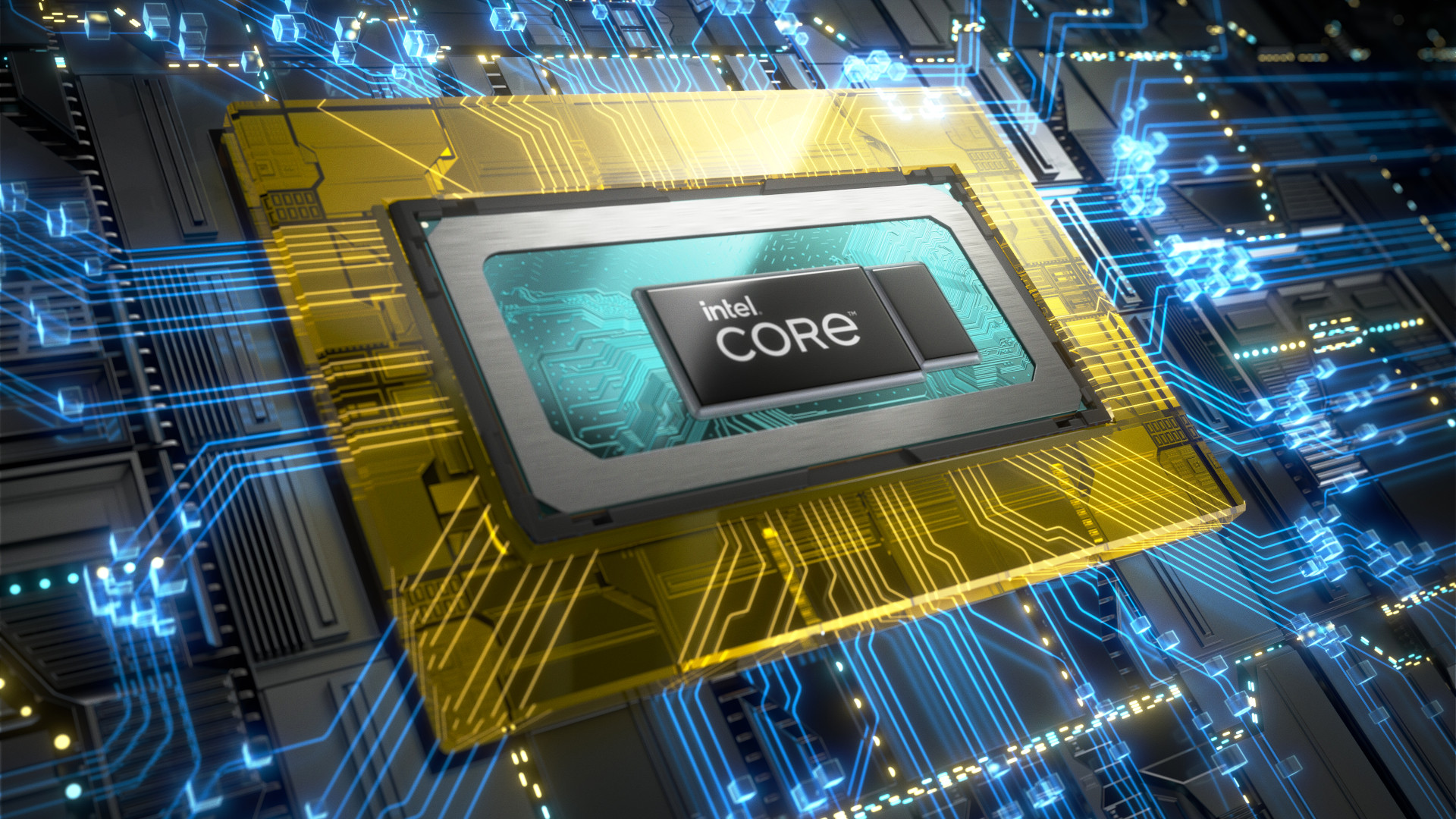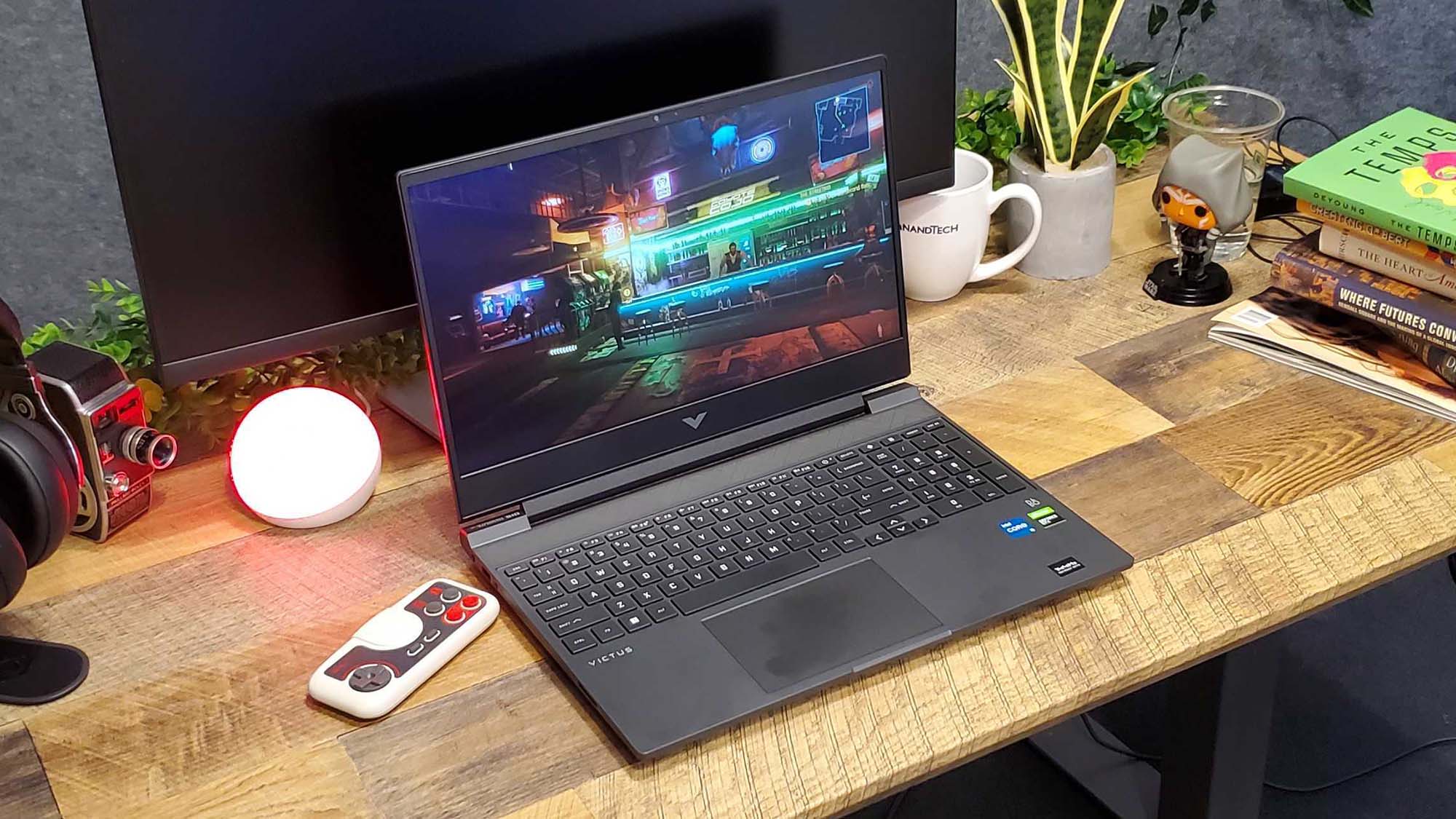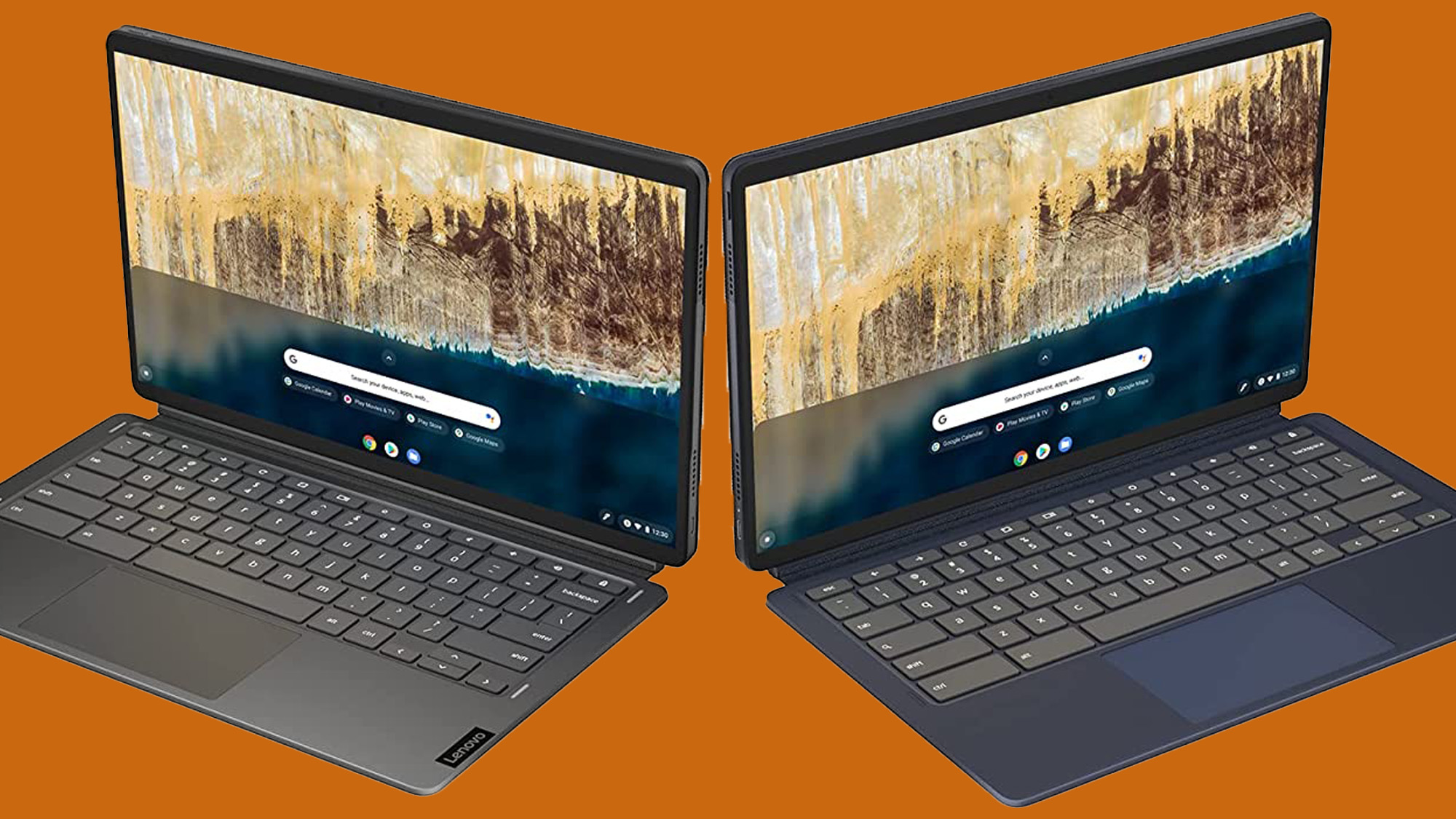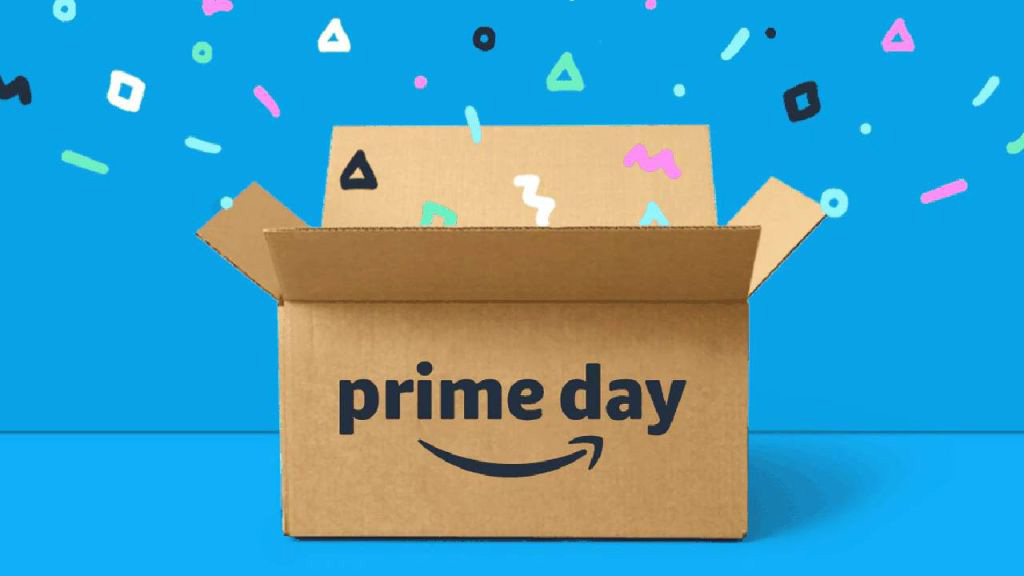If you’re still skeptical about budget laptops, I can’t say I blame you. We’ve been somewhat pre-conditioned by manufacturers that the only devices worth buying are the best laptops, most of which cost more money, leaving us to think that the cheap ones are simply a waste of money.
I was right there with you myself. As someone who’s bought flagship devices her whole adult life, I was guilty of looking down on laptops under $500 – and probably, to a degree, my friends who own them (sorry, friends).
When a friend of mine bought a $100-something, 11-inch laptop from a random brand on Amazon some 10 years back, I remember wondering how she could muster the patience to use a thick-bezeled, low-powered under-$200 notebook, even if all she did on it was watch makeup tutorials on YouTube.
I would never have, and that was back when all I did on my laptop was do research and study. And yet now that my computing demands have increased, I’m starting to appreciate budget laptops.
But, that’s less because budget laptops have always just been severely underestimated and more because how we rely on our computers in general has changed. Plus, the cost of ownership has also plummeted, especially with online retailers often holding device sale events like Amazon Prime Day.
A different landscape

If this was 10 years ago, you definitely wouldn’t catch me slumming it with a cheap laptop. But, as I mentioned, things are different now.
Competition is fiercer than ever before in mobile components and operating systems, especially with the lightweight Chrome OS showing Windows a thing or two about being capable and reliable without needing that much power.
Rivalries between manufacturers and between tech giants are not only driving prices lower but also giving us better and more powerful options. That means it’s easier now more than ever to spend less on a laptop that’s capable of tackling your daily needs. In fact, if the new Alder Lake benchmarks, many cheap notebooks will get even better.
We’ve also changed the way we interact with our devices. Instead of spending money upgrading our storage drives, for example, we just use cloud storage and portable SSDs.
Instead of downloading and installing the whole Microsoft Office suite, we can just depend on web-based Google Docs editors. Instead of downloading all our music and movies, we simply stream them.
Having that privilege of storing and accessing everything online allows us to use fewer laptop resources, which means less strain on our devices.
That, in turn, means that we no longer have to spend the money on the most powerful one – think less Dell XPS 15 and more Dell Inspiron 15 as a starting point.
Speaking of which, you should see a number of Inspiration Prime Day deals at Dell, including the Intel Core i3-powered Dell Inspiron 15 3000 that’s dropped to $323 (opens in new tab) and the i5-powered Dell Inspiron 14 5000 for $392 (opens in new tab). UK consumers, on the other hand, should check out the Dell Inspiron 16 deal, knocking it price down to £519 (opens in new tab).
How much should you spend on a laptop?

Keep in mind that the word “cheap” is very relative here. A “cheap” gaming laptop is still going to be more expensive than a “cheap” laptop designed for productivity. At the same time, a Chromebook designed for business might be “cheap” next to business laptops with a full Windows OS, but it’s not going to be the cheapest Chromebook out there.
So, before you actually figure out how much you should spend on a laptop and whether or not you should go for a cheap one, figure out your needs first then go from there.
Still, even if you’re a photo editor, graphic designer, or an engineer, know that you don’t have to spend more than $2,000/£2,000 on a flagship MacBook Pro. Especially in this economic climate where even a trip to the gas station feels like highway robbery.
These premium notebooks are breathtakingly powerful and will get stuff done in no time at all. But, there are also affordable alternatives and budget options to consider, even if they aren’t going to be as snappy as the premium offerings.
The budget ones might be a test of patience, but if you get a good one – like an Asus TUF Gaming F17, HP Victus, or a Dell G15, you’ll be glad to wait a few more minutes when batch editing photos if it means saving more than $1,000/£1,000.
As part of Amazon Prime Day 2022, you can get a Ryzen 5, RTX 3050 configuration of the Dell G15 for only £749 (opens in new tab) in the UK. Meanwhile, the HP Victus 15 has dropped to $869 (opens in new tab) from $1,099 in the US.
If you’re like me whose daily workload is mostly done on the Chrome browser, a $700/£700 “premium” Chromebook like the Acer Chromebook Spin 713 might be worthier of your hard-earned money than a $1,399 MacBook Pro. Assuming, of course, that you are on a tight budget.
I’ve got my iMac 24-inch on my desk, which is powered by the highly-praised M1 chip, and yet I choose to spend the second half of my day on a Chromebook such as the Lenovo IdeaPad Duet 5 Chromebook because most of the things I do on my iMac, I can do on it just as easily. And, for Prime Day, this Chromebook’s Snapdragon SC7180, 4GB RAM configuration is 20% off (opens in new tab).
What’s a good cheap laptop brand?

A word to the wise though: don’t just go for the cheapest laptop out there. Just like with mid-range and high-end laptops, there are budget laptops that are keepers, and there are a handful of budget laptops that might as well go straight to the trash.
I have found that while I have the utmost admiration for Dell’s premium models, I probably wouldn’t go for its budget Chromebooks just because it feels like the manufacturer doesn’t even try with them. The manufacturer’s Inspiron Windows laptop line, however, is pretty impressive.
I would check out Asus’ and Acer’s offerings as well, as I’ve found their budget laptops to be robust, reliable, and sometimes even boasting features you’d expect from pricier models – including a comfortable keyboard and a luxurious trackpad.
Finally, Lenovo always has some wallet-friendly options that deliver on quality and performance, especially in the Chromebooks section.
Cheap could also mean simply scoring a great deal

These days, “cheap” can also mean waiting for a big sale event and getting your dream laptop for 50% off. Sale events happen practically every quarter now, so you never have to wait too long, and every big retailer always has laptop deals on offer.
If you have your mind set on a flagship or a premium laptop, sale events like Amazon Prime Day and Black Friday are the best way to get them for cheap. You’ll also save more if you get the previous year’s model of your dream laptop.
It’s only going to be ever so slightly less powerful, but it’s almost definitely going to be much cheaper.
Even more good news; if you are ready to jump on the cheap laptop bandwagon, they will also get generous price cuts during these massive sales.
So, should you buy a cheap laptop?
Whether or not you should buy a cheap laptop entirely depends on your needs. There are certainly clear-cut circumstances in which getting a cheap laptop makes much more sense – and not just from a budget perspective.
Most students, especially those in elementary and high school, aren’t going to need an over-$500 laptop to take care of their schoolwork and streaming needs. Neither will adults who only use their notebook for sending emails, video calling loved ones, and watching the latest movie releases.
Heck, even some professionals – journalists, teachers, authors, small business owners – can get a lot out of a budget laptop.
If you’re none of the above, I’ll leave it up to you to decide. But, before you do, ask yourself this: do you absolutely need a premium laptop or do you just want the status that comes with it? If it’s the latter, then it’s likely that a cheap laptop will serve you just as well.
Decided that a cheap laptop is what you need? These are the best laptop deals out there for Amazon Prime Day, curated by our expert band of writers and deal sniffers.




